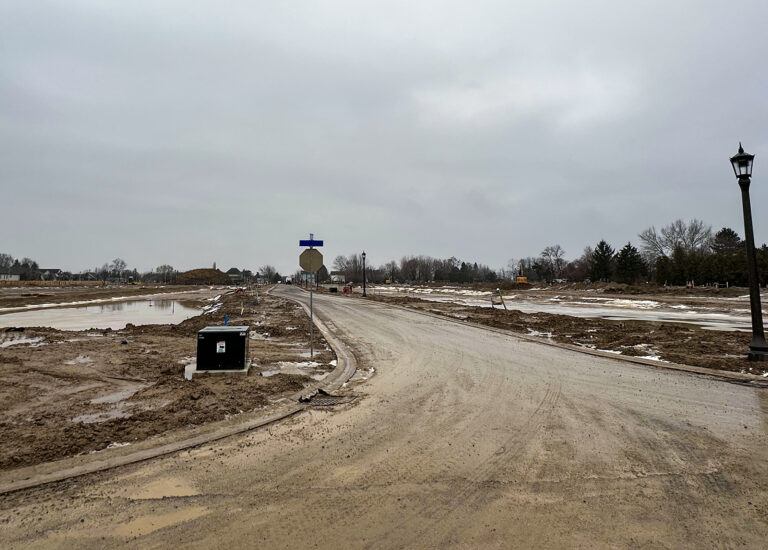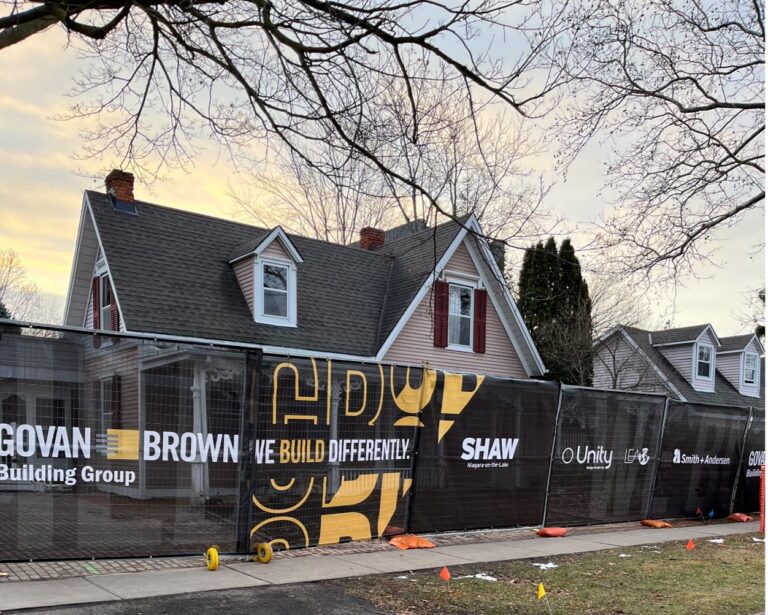Dear editor:
After learning of the change in wording in the latest version of the town’s official plan regarding the creation of a secondary plan for Chautauqua, I would invite council, the lord mayor and town staff to reconsider and reinstate the original 2019 draft official plan wording — in essence, that the town “will” create a secondary plan for our neighbourhood (“Chautauqua neighbourhood group accuses town of dropping key planning promise,” July 31).
As a long-time resident and former member of the executive of the Chautauqua Residents Association, I can attest to the neighbourhood’s desire for the creation of secondary plan.
In 2014, a document was created entitled “Chautauqua: A Place Apart” (later renamed Neighbourhood Designation Report — it is available on the Chautauqua Residents’ Association website chautauquaresidents.ca).
At that time, residents were surveyed about what, if anything, was putting the community at risk of losing its identity. Respondents identified several factors placing the community at risk.
These included: losing the cottage feel in our neighbourhood through inappropriate builds (ie too big and/or too tall builds on lots that were too small), the loss of our valued tree canopy, and the threat of too many houses becoming commercial entities such as short-term rentals.
The solution was to approach the town and ask for a secondary plan for Chautauqua, which we did. In 2014, our residents identified the threats; in 2025, the issues persist.
While the Chautauqua Oaks Project, a resident-driven initiative, rejuvenated the streets with newly planted oaks, there are still too many oversized homes being built on tiny lots, necessitating the removal of mature canopy trees and, often times, resulting in the clear-cutting of a lot.
Combine this with the destruction of the emerald ash borer, and the impact on the streetscape is significant.
Pictures exist of our streets 20 years ago, and the same streets in 2016 — they tell a sad story. I invite you to look at the website for the Chautauqua Oaks Project, MyChautauqua.ca, to see the evidence for yourself.
In addition, approximately 10 per cent of our housing stock in the community now comprises short-term rentals.
While recognizing there will be no more short-term rental licenses granted, we are left with far too many houses dedicated to Airbnbs with no guarantee they will ever be changed back to long-term rentals or residential homes — and 10 per cent is just too many short-term rentals in one neighbourhood.
Chautauqua was always the place where first-time owners bought their first house, usually a small cottage. Our streets rang with the sounds of children playing … alas, no more, as short-term rentals gobbled up the smaller, cheaper housing.
And as a reminder, Airbnb owners and their renters do not work tirelessly to organize community events such as the Chautauqua corn roast and barbecue, golf tournament, garden and art show and carolling in the park event.
They do not join the Chautauqua Residents’ Association board, write the neighbourhood newsletter, create or update the community website, or advocate for our neighbourhood.
And they don’t do it for greater NOTL either — they don’t donate to town initiatives, they don’t volunteer for town events and I would posit that our town is poorer for it.
Our neighbourhood just becomes a place to make money — to add insult to injury, short-term rentals are not even taxed at commercial rates.
I recently attended a committee of adjustment hearing regarding a small addition to a cottage here in Chautauqua. Committee members seemed flummoxed as to how to deal with Chautauqua.
One stated something to the effect of, “It’s Chautauqua, don’t know how they all live on such small lots. Oh well … good luck to them.”
I’m glad this member made this “throwaway” statement, because a secondary plan would provide the committee, in addition to town planners, with guidance on what should and should not be allowed in Chautauqua, and would set out guidelines for both property developers and new owners regarding new builds.
I don’t see any downside to this.
As to the question of how we live together on such small lots? We know each other, we are engaged, and we show up. We greet each other as we walk dogs, water our gardens, attend neighbourhood events and meetings, wave hello from front porches, or promenade to Ryerson Park to watch the gorgeous sunsets.
The mature canopy trees and shrubs create the illusion of living in a forest and provide both privacy and the relief of green space — and in a neighbourhood with a resident density that surpasses any other in NOTL, and with such a diversity of styles and sizes of housing, the trees and greenery become the common architectural feature.
It is a way of life — it is what we wish to save with the creation of a secondary plan for the community.
And, dear reader, before you typify our community as one of those “stuck in the past,” who can’t handle change, I would counter by stating that change will indeed occur, it is inevitable — but aren’t there some types of change that are within one’s control?
And is it not the job of our elected representatives and town staff to curate the elements of change we wish to see (or not see) through the official and secondary plans?
When I was a kid and asked for ice cream and my parents said they’d consider it, I knew there was a good chance I probably wouldn’t get ice cream.
But if they said “yes, we will have ice cream”, I knew I was going to get ice cream.
If, as the lord mayor stated in the article, there is a commitment on the town’s part for a secondary plan for Chautauqua, then there should be no issue with changing the language in the current draft official plan to affirm this — so that essentially, the town “will” develop a secondary plan, not “consider” doing so.
Chautauqua is one jewel in several diverse neighbourhoods in NOTL — surely as a “place apart,” it is deserving of protection in the official plan with language that clearly states this fact.
Ruth Denyer
Old Town










